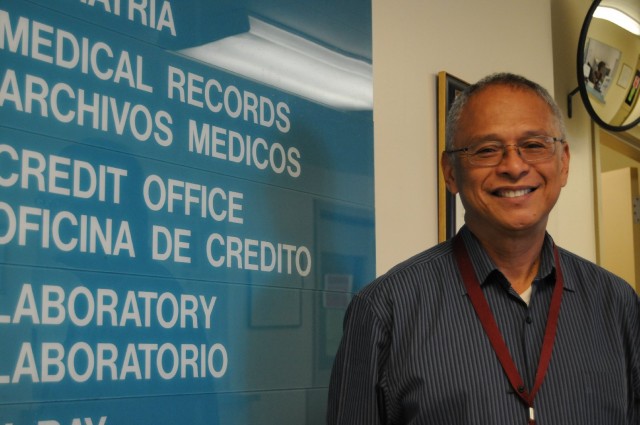Yet, perhaps the biggest difference between Healthy San Francisco and true health insurance coverage is this: If you get any medical care outside the city's boundaries, you are not covered. Break your leg in Oakland and get treated at Highland Hospital? You're on the hook for the bill.
That's a primary reason Garcia and others are aggressively moving Healthy San Francisco participants in a new direction: enrolling them in health insurance. Garcia also points out that federal law requires San Francisco health officials to move patients to other forms of coverage if they are eligible.
"Insurance is better than Healthy San Francisco," she said. "It's portable, and it's more comprehensive care."
On Jan. 1, most of the 60,000 people currently participating in Healthy San Francisco will become eligible for the Medi-Cal expansion or may qualify for subsidies to purchase insurance on the Covered California marketplace. Right now, for example, childless adults are generally not eligible for Medi-Cal, no matter how low their income is. Under the Medi-Cal expansion, anyone earning less than 138 percent of poverty (about $15,500 for an individual) is eligible. Individuals earning from $15,500 to $46,000 are eligible for subsidies under Covered California.
[Related: Learn more in our guide: Obamacare Explained -- Just for Californians]
While Garcia said it's important to enroll as many residents as possible, transferring thousands of people from Healthy San Francisco to Medi-Cal or Covered California won't happen overnight.
Still, because of Healthy San Francisco, the city is ahead of most of the state in moving its uninsured population into Medi-Cal or Covered California.
"We know who and where our uninsured are," Garcia said. "We can send them a letter, we can call them on the phone, we can even text message them. We can get in touch with them to tell them of the changes that are coming with health reform and help them enroll into insurance."
Challenge in staffing to help people enroll
Reaching those people where they live, work, or access care will be challenging, said John Gressman, who heads up the San Francisco Community Clinic Consortium. The consortium is a network of 13 safety-net clinics — which accounts for roughly half of the city's clinics that provide indigent care.
"Community clinics in San Francisco are really ready to embrace the new enrollments," Gressman said. "But one of our primary concerns is that we're going to have a backlog of people wanting to enroll in coverage, and we're not going to have the staffing to do it. We are trying to educate people so they don't become frustrated and angry, and think that it's not working."
Meanwhile, officials say Healthy San Francisco is essential to fill in the gaps of Obamacare.
"One of my main concerns is the undocumented," Gressman said. Undocumented immigrants are explicitly denied benefits under the health law. "That is a large portion of who will remain uninsured, but there are so many others who can't manage the system. There are people with mental illnesses, people who are homeless."
Garcia says as many as 20,000 people may be left using Healthy San Francisco, since they won't qualify for the Affordable Care Act.
"We've made a commitment as a sanctuary city to care for all people who live here, even if they have not become residents yet," said Garcia.
Clinics will benefit under Medi-Cal expansion
As more and more people enroll in Medi-Cal and the exchange, clinics will see new revenue streams from Medi-Cal reimbursement rates and new income sources from the newly insured seeking care. That will help the bottom line for many clinics struggling to keep their doors open, and allow them to continue to provide care for those left out of health care reform, said Fernando Gomez-Benitez, deputy director of Mission Neighborhood Health Center. The center serves about 9,000 people — 98 percent of whom are uninsured.
We "see this as an opportunity to reach more people. That can strengthen the clinic's mission to serve an indigent population," Gomez-Benitez said.
